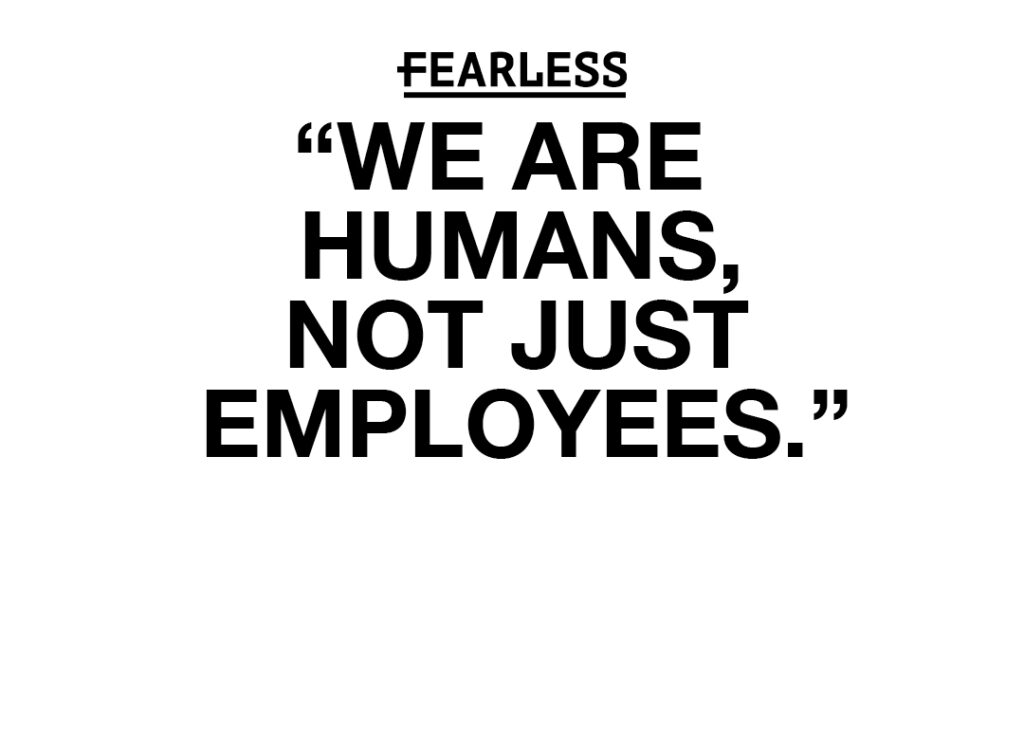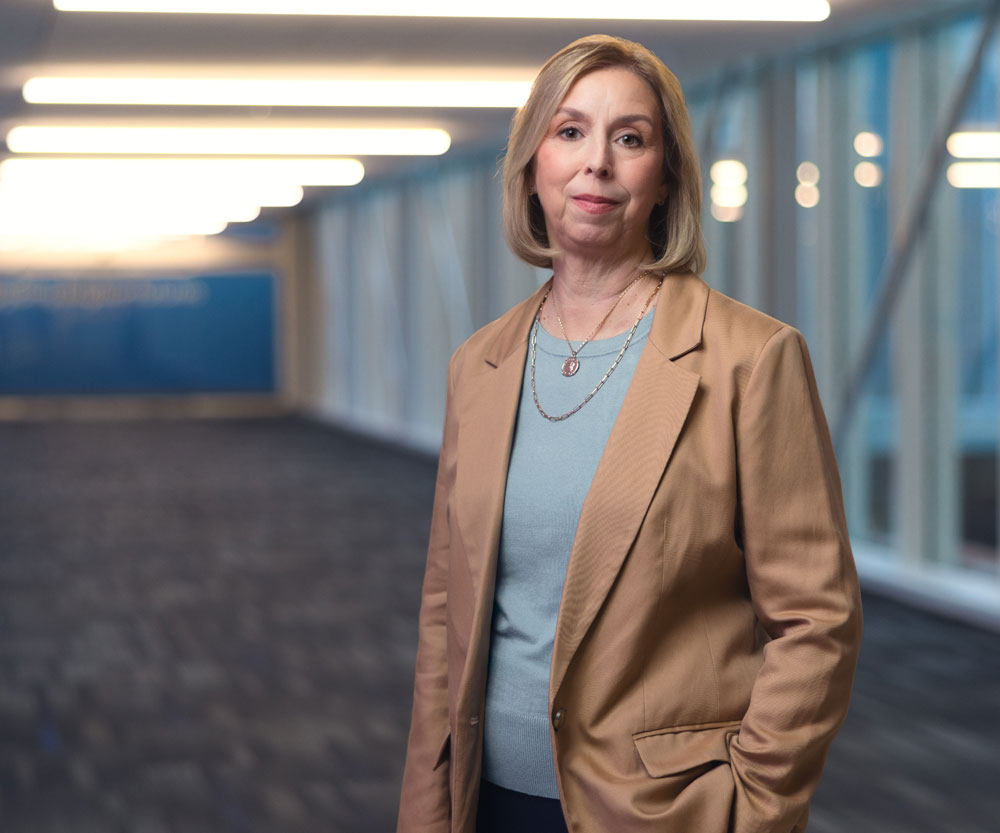NOTEBOOK: ISU professor on research team studying diversity-and-inclusion-engaged marketing

MICHAEL CRUMB Jul 21, 2021 | 8:05 pm
4 min read time
917 wordsBusiness Record Insider, Sales and Marketing, The Insider Notebook
Efforts to promote diversity and inclusion have come into greater focus over the past year, but an Iowa State University researcher has been part of an international team of scientists who have been studying the broader issue for years, and they have found that barriers still exist that limit those efforts.
Samantha Cross, an associate professor of marketing at ISU’s Ivy College of Business, was a member of a research team whose paper was published by the Journal of Public Policy & Marketing. In the paper, the researchers look at the role marketing plays in fostering diversity and inclusion in the marketplace, and they provide several recommendations to advance diversity-and-inclusion-engaged marketing, or DIEM.
“We started looking at multicultural marketplaces several years before this recent focus on racial equity,” Cross said. “So for us, while that’s very important, it’s always been part of that wider notion of diversity.”
The paper was based on three studies, which included workshops and conservations with people working on diversity and inclusion efforts, and it aims to foster positive experiences for consumers across all cultures.
Their research looked at diversity and inclusion from a range of aspects, including race, ethnicity, gender, ability, socioeconomic status and education, among others.
“There’s so many aspects to it, and as marketers, I think you have to consider all of them, not taking away from the fact that one may be more prevalent in terms of societal interest at any one point in time,” Cross said.
Focusing on one aspect more than others can create problems in not addressing the needs of people who may fall under the other categories of diversity and inclusion.
For example, Cross said, people who have disabilities may feel unseen if all the focus is on one of the other groups.
“One thing they always feel is that they’re being overlooked because, especially here in the U.S., the focus tends to be on some of the other things,” she said. “And if there is the focus, even within that subgroup of consumers with disabilities, the focus tends to be on consumers with physical disabilities. So we may have accommodations in the marketplace for those, but perhaps not for some of the other aspects that fall under disability.”
Cross said the researchers wanted to learn whether marketing researchers, instructors and business operators were all “on the same page and speaking the same language.”
They weren’t, Cross said.
She said that while many existing initiatives are well intentioned, they are fragmented or lack understanding about how diversity and inclusion affect consumers. There are also differences in terminology regarding diversity and inclusion, depending on the country.
Cross said the researchers listed barriers to advancing diversity and inclusion in marketing into three categories:
- Meanings and language: A common language and mutual understanding of diversity and inclusion does not exist.
- Norms: Evidence and measurements of the impact of DIEM are limited.
- Rules: Investment in diversity and inclusion in marketing is minimal and the marketing curriculum does not include diversity and inclusion, often taught as a separate issue.
Some of the barriers are specific to education or business, and the researchers provided a list of policy recommendations to focus on changes in the marketplace.
Examples of the recommendations include:
- Developing and articulating a shared view of diversity based on the experiences of stakeholders with different cultural identities, and a definition of diversity-and-inclusion-engaged marketing, including its principles and value to stakeholders.
- Conducting a systematic audit of DIEM campaigns and product innovations in marketing and advertising, including campaigns that received backlash or were pulled.
- Establishing a DIEM network to maintain communication with the public and industry policymakers to identify advancements and areas for improvement.
Cross said diversity-and-inclusion-engaged marketing is “vital to consumer well-being.”
“It’s important for the marketplace to function well,” she said. “It’s also important to sustain the relevance of the marketing discipline. Marketing by nature is very broad-based, and one would argue that if you wanted to sustain the relevance of the discipline, not only in research and education, but also within practice, that ignoring diversity and inclusion engagement probably doesn’t help the issue.”
There’s also a growing push from national and global organizations to emphasize the need for more inclusive practices, Cross said.
“So as a business and a marketer, it would be important not to ignore this,” she said. “Our argument is it is vital if you want to sustain the relevance of the market discipline, and I would think any marketer would want to make that a key priority.”
From the consumers’ perspective, inclusion was a top 10 global consumer demand last year, and Cross said there is demand for organizations of all sizes to consider diversity-and-inclusion-engaged marketing initiatives on a continuous basis, “and not just when it comes to the fore because of certain events happening in society at one point in time.”
For researchers, it’s important that the issue doesn’t stop when their paper gets published, Cross said.
“We need to continue these sorts of discussions,” she said. “One of the things we’re doing is we’ve created a diversity-and-inclusion-engaged marketing initiative. It’s a science education practice network as well as knowledge-sharing online platform, and we’re working on that right now, getting input from practitioners, as well as from research and educators.”
Cross said everyone will benefit from the conversation.
“It’s not only the right thing to do, but it makes for better marketplaces to be listening to all voices, recruiting diverse workforces and developing products and services for a range of people.”








